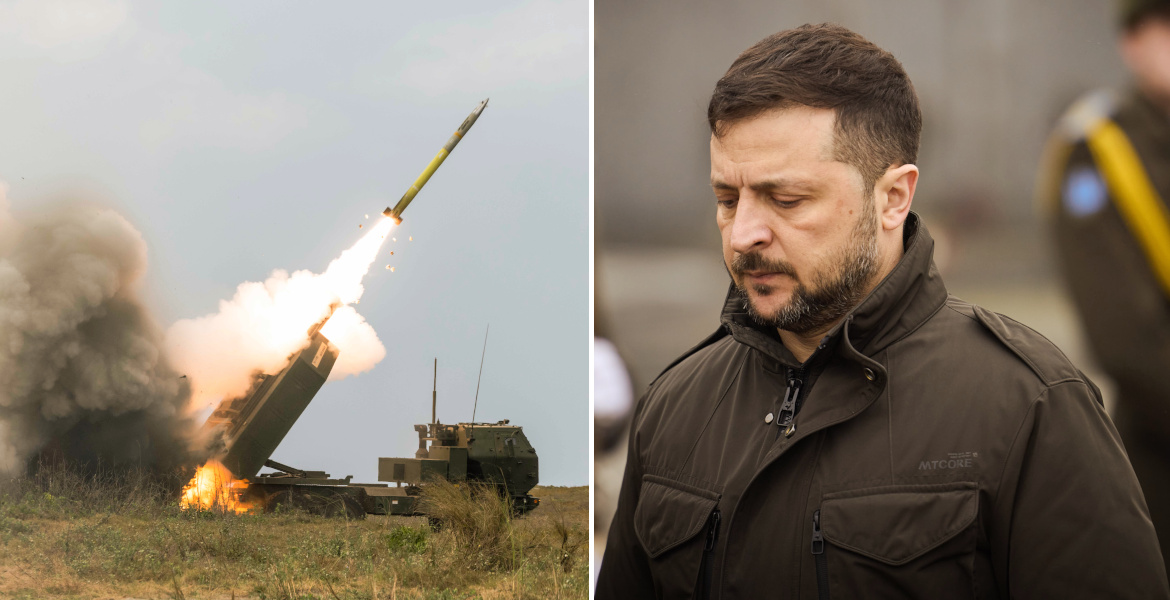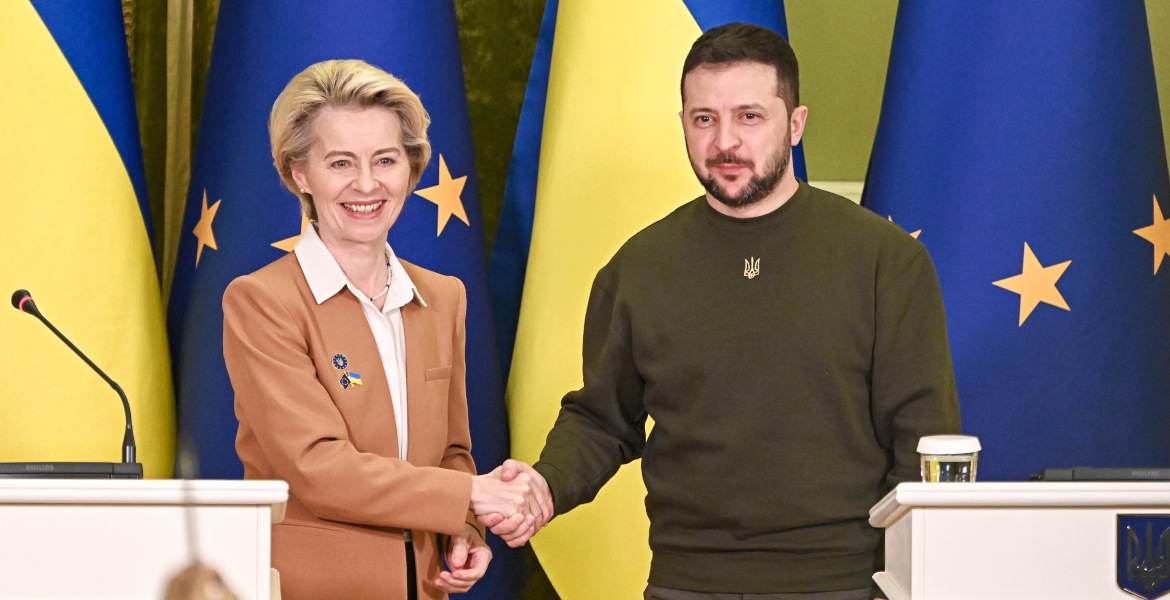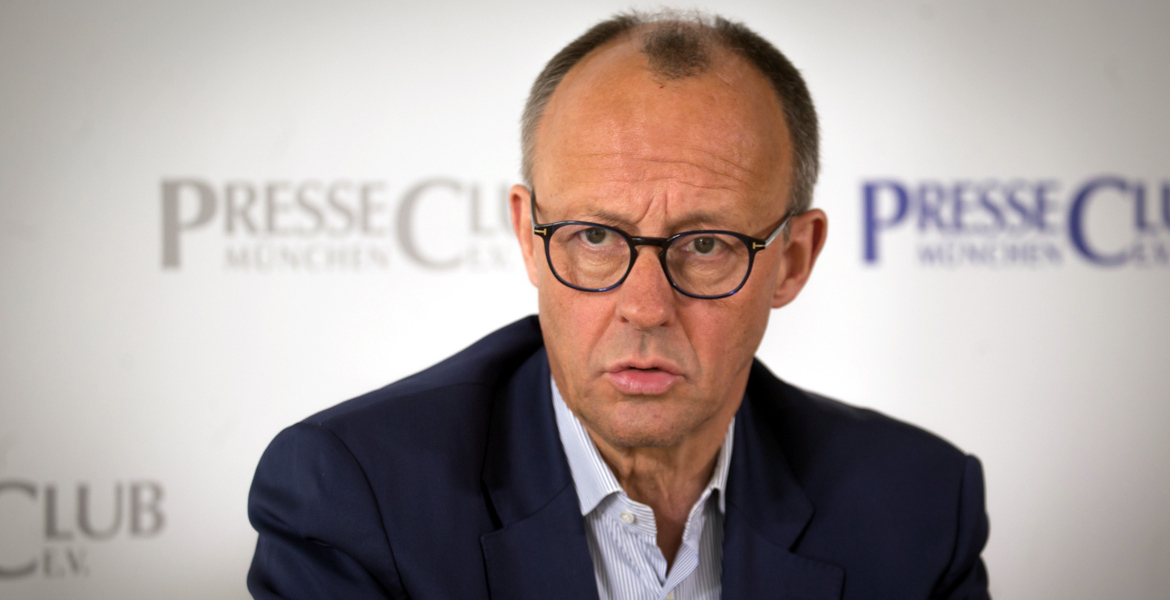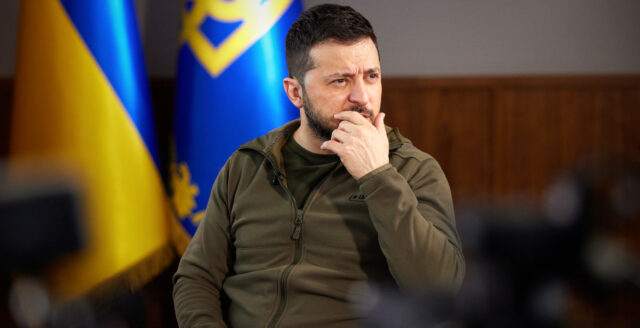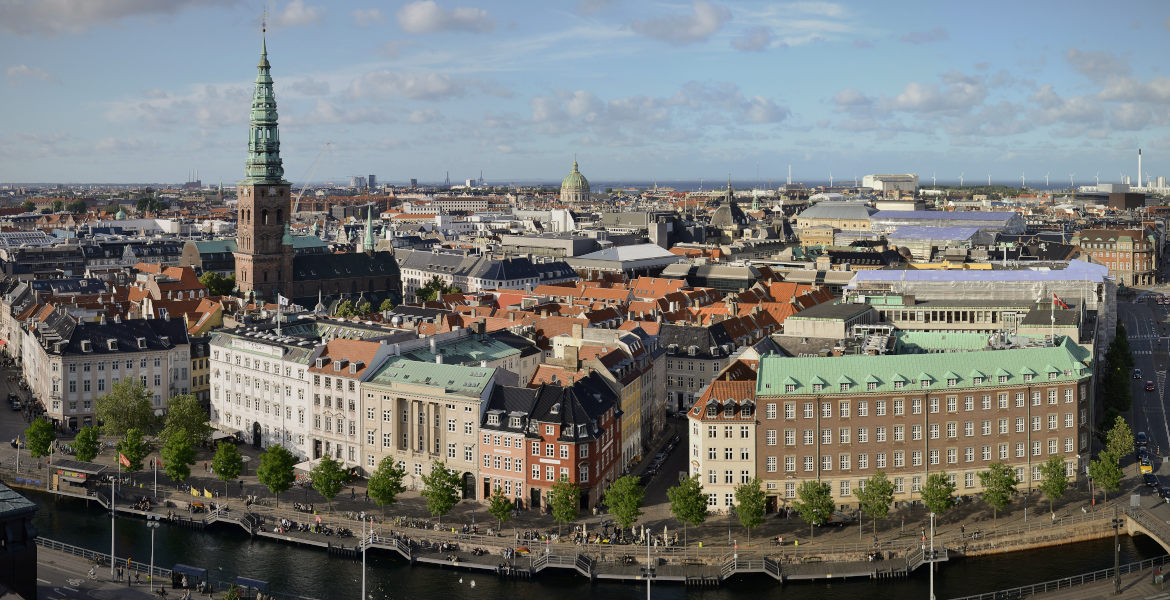The war in Ukraine continues to escalate, and open confrontation between the West and Russia seems increasingly likely. Now, a senior official has announced that NATO countries have "comfortably exceeded" their goal of putting 300,000 troops on high alert.
Back in 2022, after Russia's invasion of Ukraine, NATO countries agreed to "massively" increase the number of forces that alliance commanders can deploy within 30 days if necessary, the AFP news agency reports.
– The offers on the table from allies comfortably exceed the 300,000 that we set, the NATO official said, speaking on condition of anonymity.
– Those are forces which allies have said to us, 'They are available to you as of now at that level of readiness'.
Substantially increasing the number of troops ready to deploy quickly in live situations is part of NATO's updated strategy to fend off a possible Russian attack, which was formally approved at a summit last year.
"There are capability gaps"
For the first time since the Cold War, it also lays out what each member state of the US-led alliance is expected to do in practice in the event of a full-scale war with Russia.
According to the anonymous official, NATO commanders are currently making sure that each member state has the capacity to implement the set strategies if necessary. At the same time, he admits that the alliance is seriously lacking in "key weapons" - such as air defense and long-range missiles.
– There are capability gaps. There are things that we don't have enough of as an alliance at the moment and we need to tackle.

